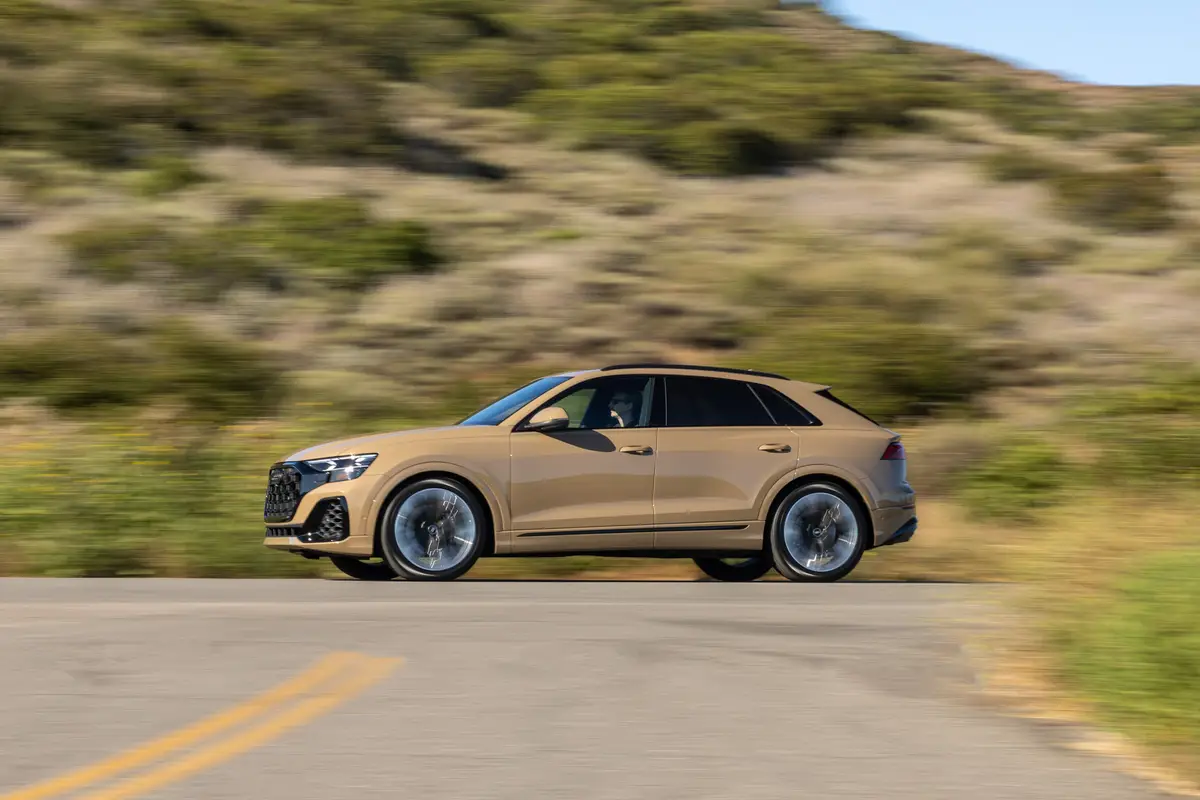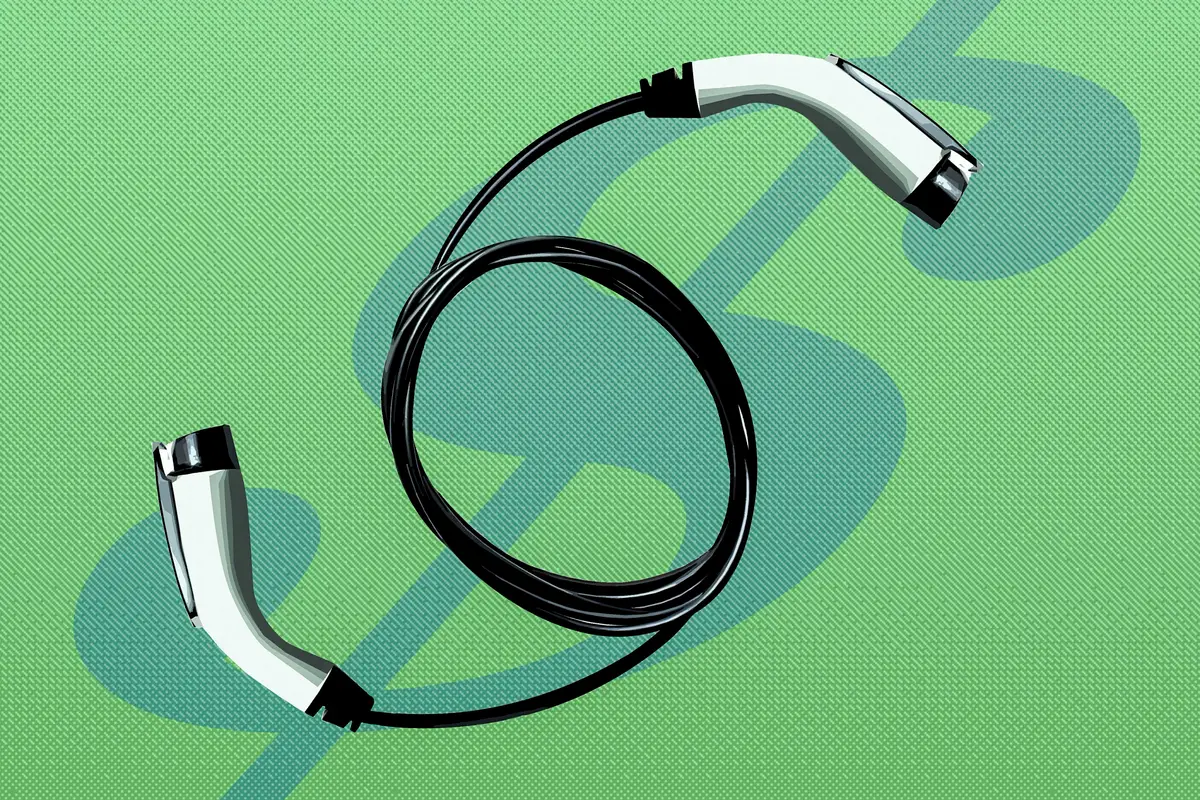AZCentral.com's view
A new, powerful pair of straight-six engines puts more sparkle into the BMW Z3 sports car. Considering that the original Z3 roadster arrived in 1996 with a four-banger, for which it was soundly criticized, these smooth, strong engines further enhance an already enjoyable two-seater.
No doubt Z3 needed to upgrade. The competition in the small-sports-car arena has become fierce in the past two years, with the Porsche Boxster, Mercedes-Benz SLK, stylish Audi TT and fast Honda S2000, not to mention the popular, affordable Mazda Miata, give sporty types plenty to chose from.
The Z3 roadster is still a bundle of fun, an unpretentious drop-top with all the sensory effects of a classic sports car, the kind of small, enjoyable, impractical craft that drew me to automobiles in the first place. That was long ago, way before MGBs, Triumph TR6s and Alfa-Romeo spyders wore historic-car license plates.
BMW’s new twin-cam sixes, now also found in the German automaker’s sedans and coupes, are more powerful and smoother running than their two predecessors. Last year’s 2.3-liter engine with 170 horsepower has grown to 2.5 and 184 horses, while the 2.8 and 190 horsepower has moved up to 3 liters with 225 horsepower.
The 3-liter mill in the test car really puts the stick to the Z3. Not only is it strong and willing, it’s also remarkably smooth, revving up to its limit with a satisfying rush. A straight-six configuration is inherently smooth, but the refinement of this engine is still impressive.
Both new engines include some technological advances, including an all-aluminum block for reduced weight; electronic/hydraulic variable valve timing for consistent power flow across the rpm range; electronic throttle system for smoother transitions; and a new intake manifold for increased power. Both engines allow the Z3 to qualify for EPA classification as an ultralow-emissions vehicle.
Surprisingly, the bigger, more powerful 3-liter engine results in improved gas mileage over the 2.8, to 21 city/28 highway, from 19 city/26 highway.
Other than the engines, the Z3 is pretty much a carryover from its mild face-lift of last year. The roadster has become a common sight, so the new test car failed to attract many admiring glances, although its pretty “Sienna red metallic” paint job and flashy 17-inch wheels with performance tires did provoke a “nice-looking Z3!” from a group of teenagers.
Hopefully, BMW is looking at upgrading the styling before it gets too long in the tooth.
The fatter tires make the Z3 look more muscular, setting off the crouching body style. But despite those fat, grippy tires, the test car felt somewhat dicey in abrupt direction changes, feeling as if the rear wanted to come around and swap places with the front. The aggressive traction-control system keeps things under control, but I’d rather it didn’t have to.
Still, the steering and handling are superb, as one might expect from BMW. A back-road run quickly turns into a joyous romp.
I had a chance to compare a 2000 2.3-liter model with the new 3-liter car. The conclusion: The newer, bigger engine is fantastic, but the suspension on the car with the smaller engine felt tighter and more responsive.
The new car’s interior is also a carryover from the previous year. The cockpit is tight but not too bad (unless you happen to be in the 99th too-tall percentile, in which case you just cram yourself in). And it would be nice if the steering wheel would tilt to accommodate various-size humans.
All told, $41,000 seems pretty steep, especially in light of the solid competition. The 2.5i is quite a bit cheaper, starting at $31,870. Either way, looking over the Z3’s long, bulging hood with the wind in your hair is not a bad way to see the world.
Latest news



